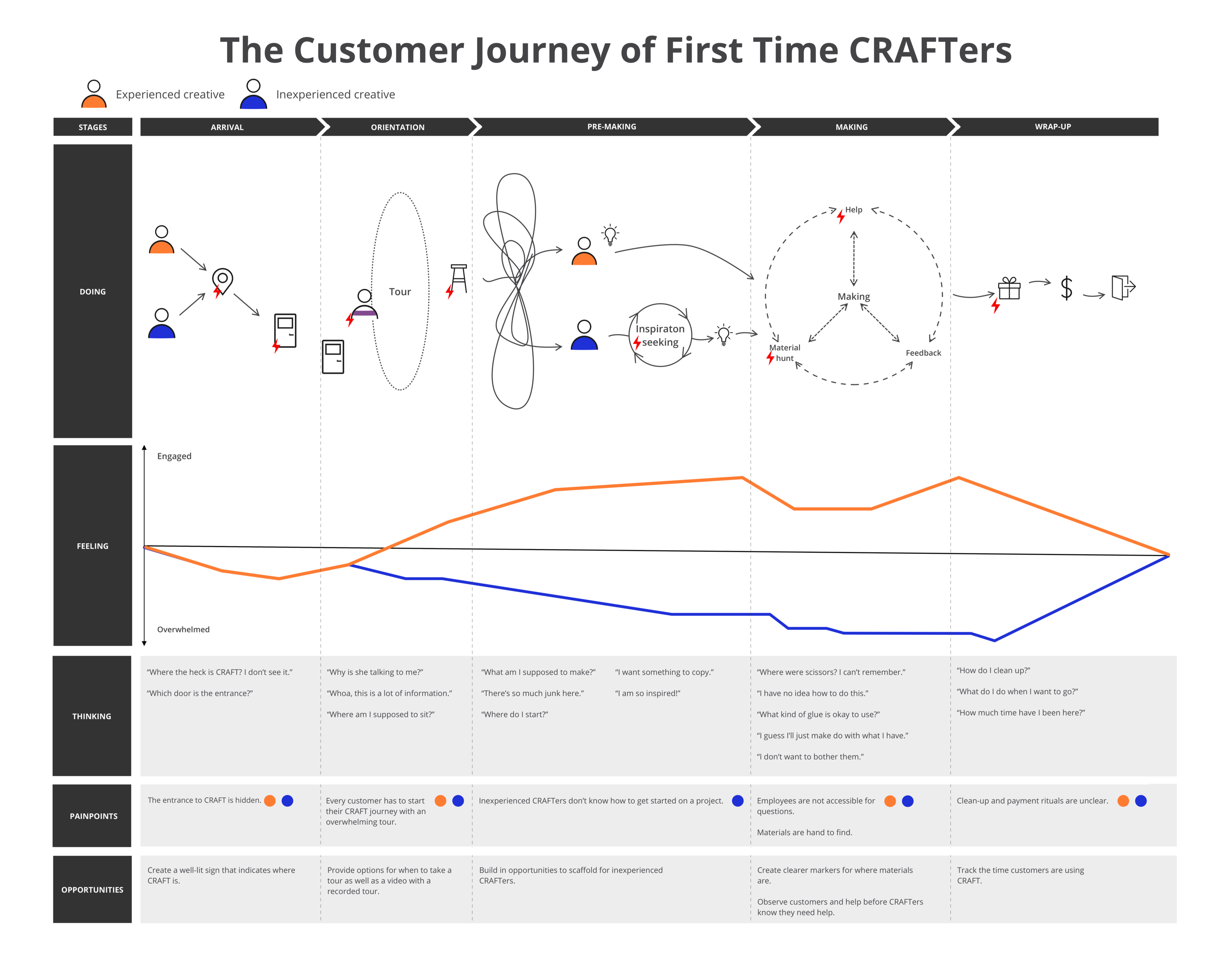SERVICE DESIGN
SERVICE DESIGN
Desiging a Better Service at CRAFT
Creating better value for a niche service
Creating better value for a niche service

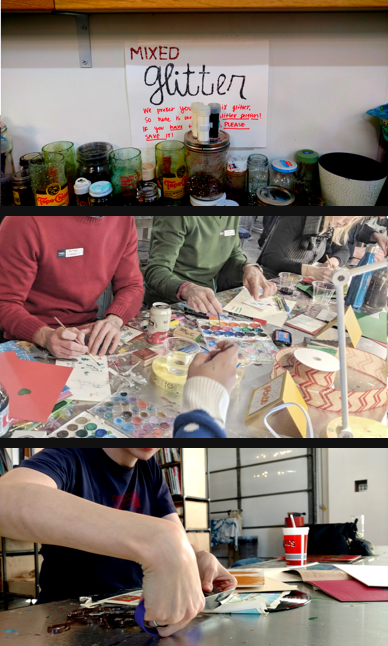
THE PROBLEM
TRUST IS LOST WHEN NEW USERS AREN'T EFFECTIVELY ON-BOARDED TO THE CRAFT EXPERIENCE
Summary
Craft’s current customer experience caters to those who have tools to feel creative with crafting tools and materials. CRAFT's value promise is to empower customers to create in a safe, inspirational space. When new customers do not understand how to begin a new creative project, customers are overwhelmed, frustrated, and don't see value in returning to CRAFT.
Craft’s current customer experience caters to those who have tools to feel creative with crafting tools and materials. CRAFT's value promise is to empower customers to create in a safe, inspirational space. When new customers do not understand how to begin a new creative project, customers are overwhelmed, frustrated, and don't see value in returning to CRAFT.
My Role
My Role
As a member of a team, I took lead on client management, toolkit and training design, and project management. I collaborated on front-of-house and back-of-house research plans, conducted ethnographic research, building artifacts to communicate learnings with our client, and designing and testing solutions to key breakdowns in the customer journey.
UNDERSTANDING THE CURRENT SYSTEM
RESEARCH AND SYNTHESIS
MAPPING THE CURRENT CUSTOMER JOURNEY
After creating research plans that incorporated co-creation sessions, contextual inquiry, and secret shoppers, my team and I conducted our research with 8 customers and 2 employees. We used the data we gathered to build a customer journey map to highlight key moments in the journey where value was lost. This helped us figure out where we could test design interventions that would help Craft deliver greater value.

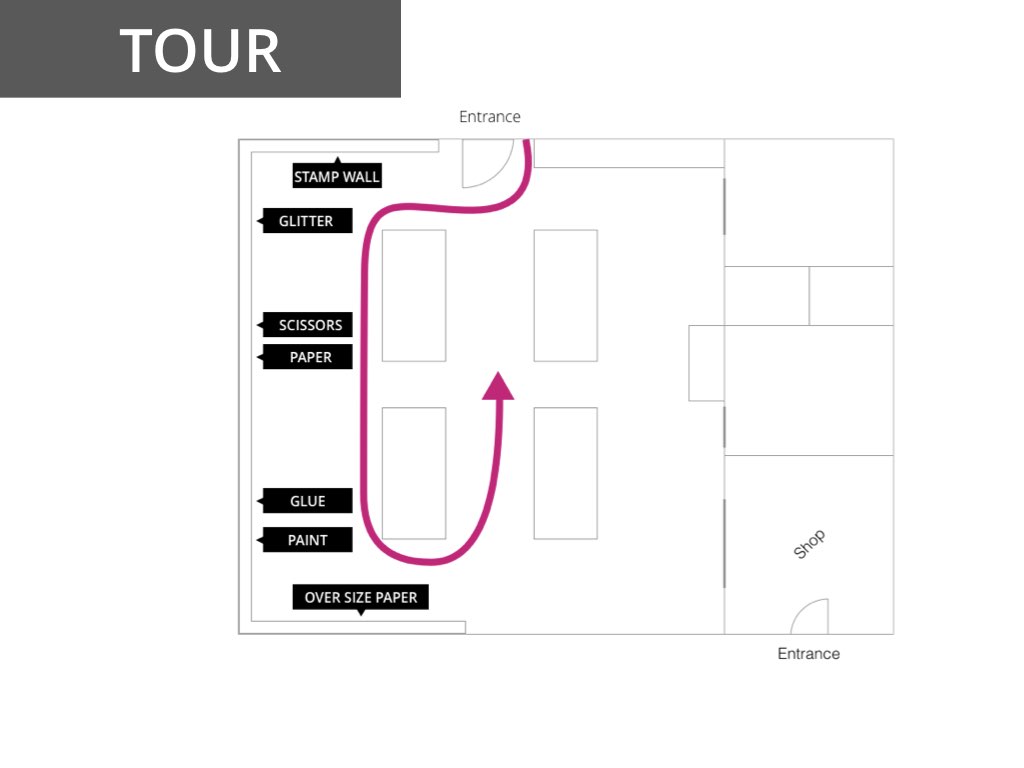
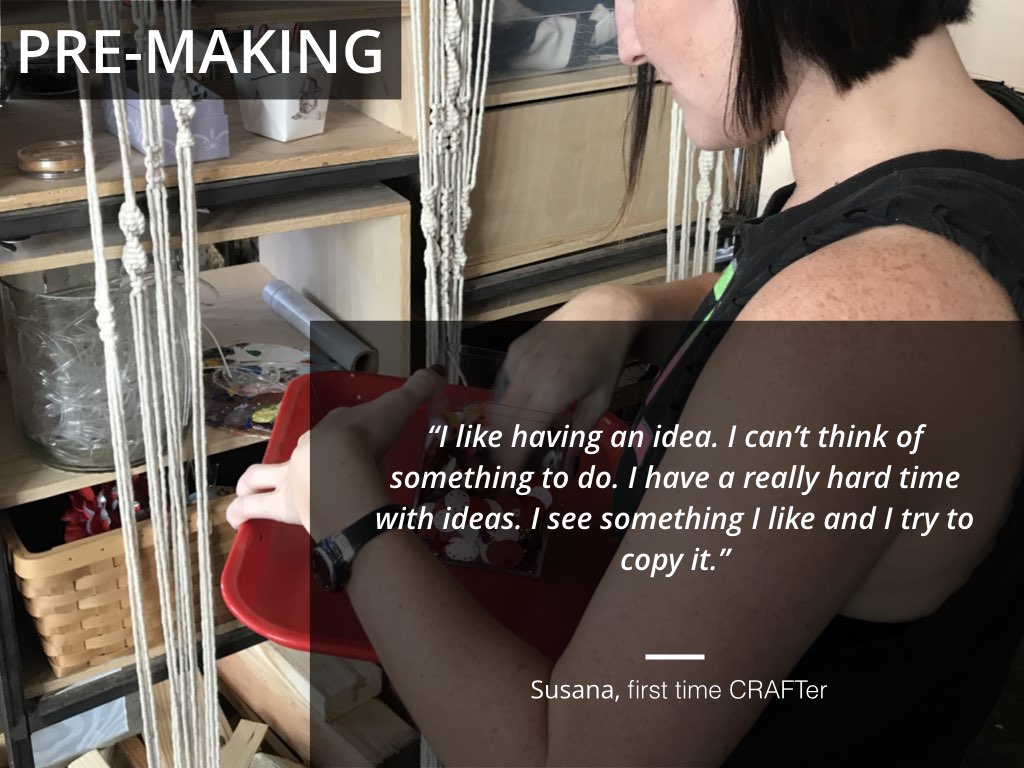
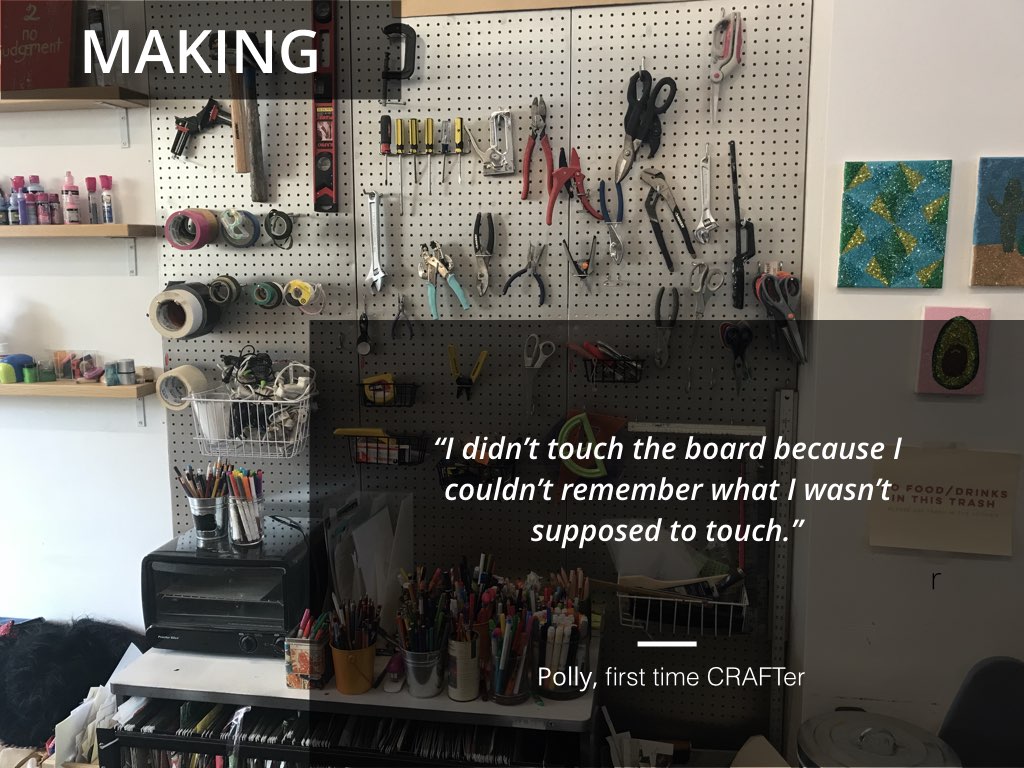
INSIGHTS AND DESIGN PRINCIPLES
SEEKING OPPORTUNITIES
In collaboration with our client, we determined the three greatest breakdowns in the customer journey: inspiration finding, wayfinding, and employee’s lack of skills to continue to innovate. We focused our design interventions on two key moments of the customer journey: just after orientation when users were sent off to independently craft and as they searched for tools.
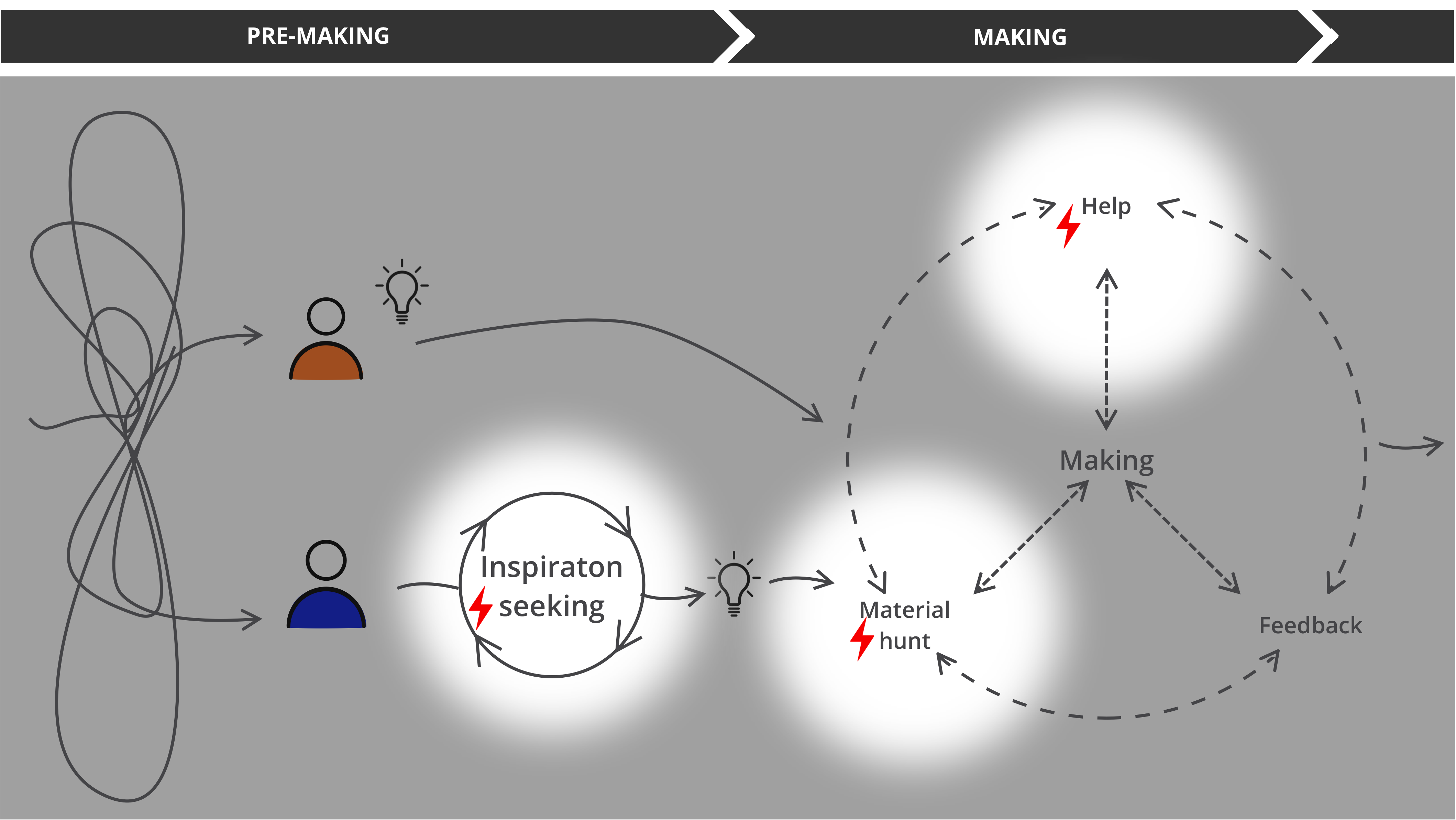


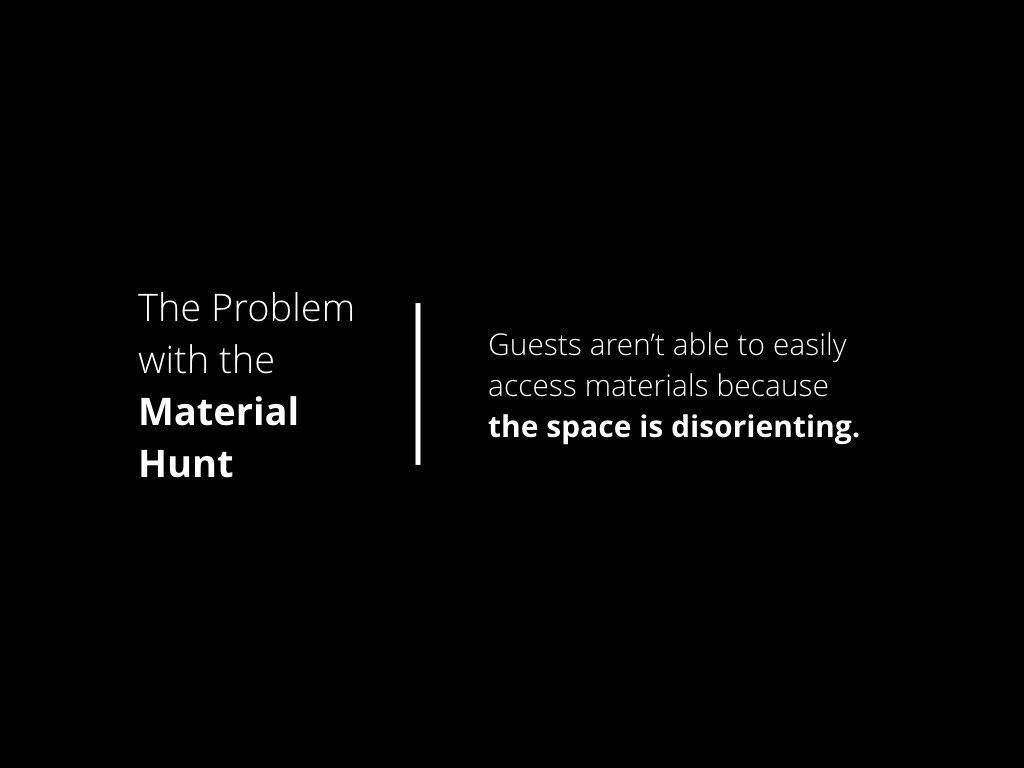
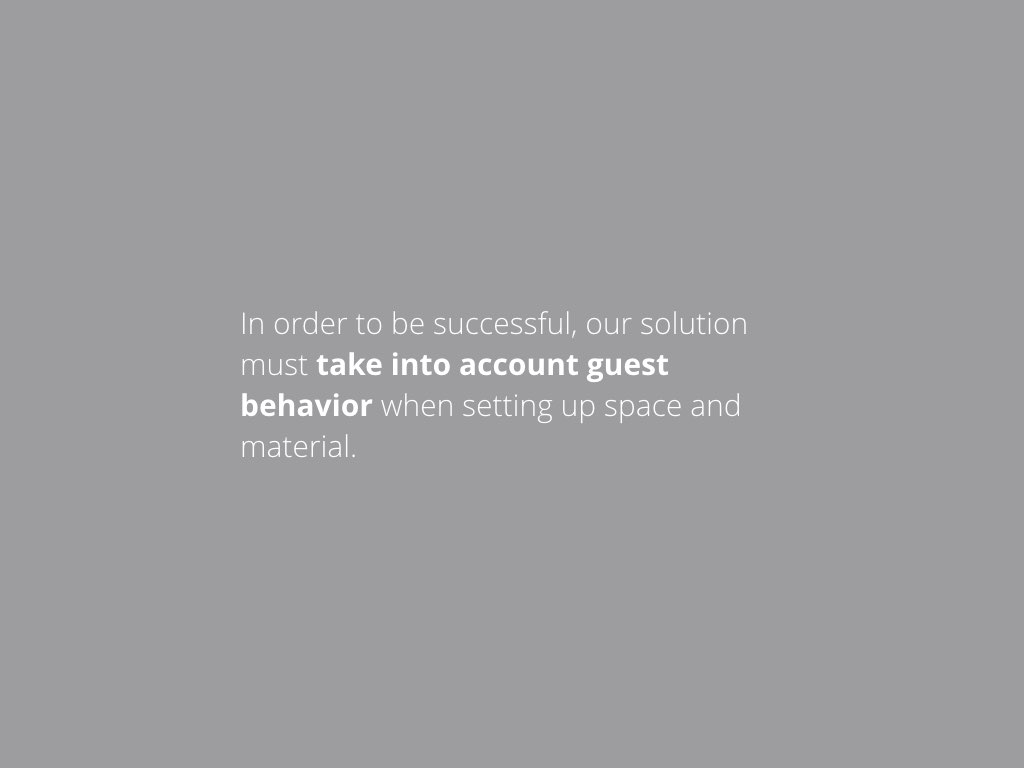
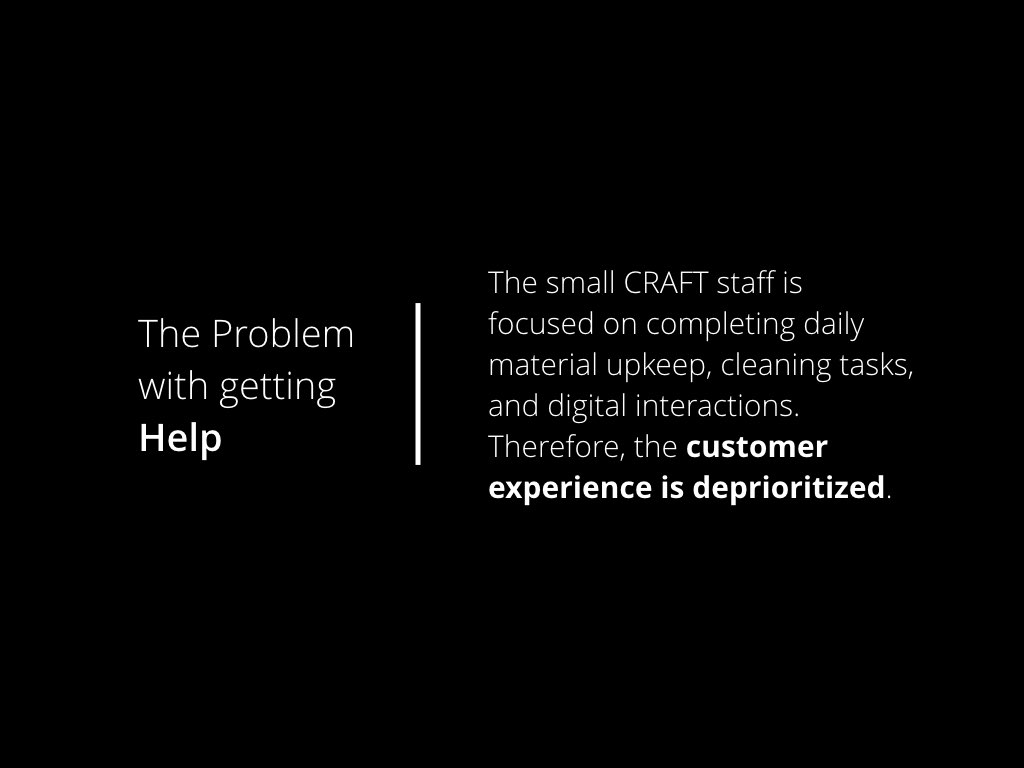
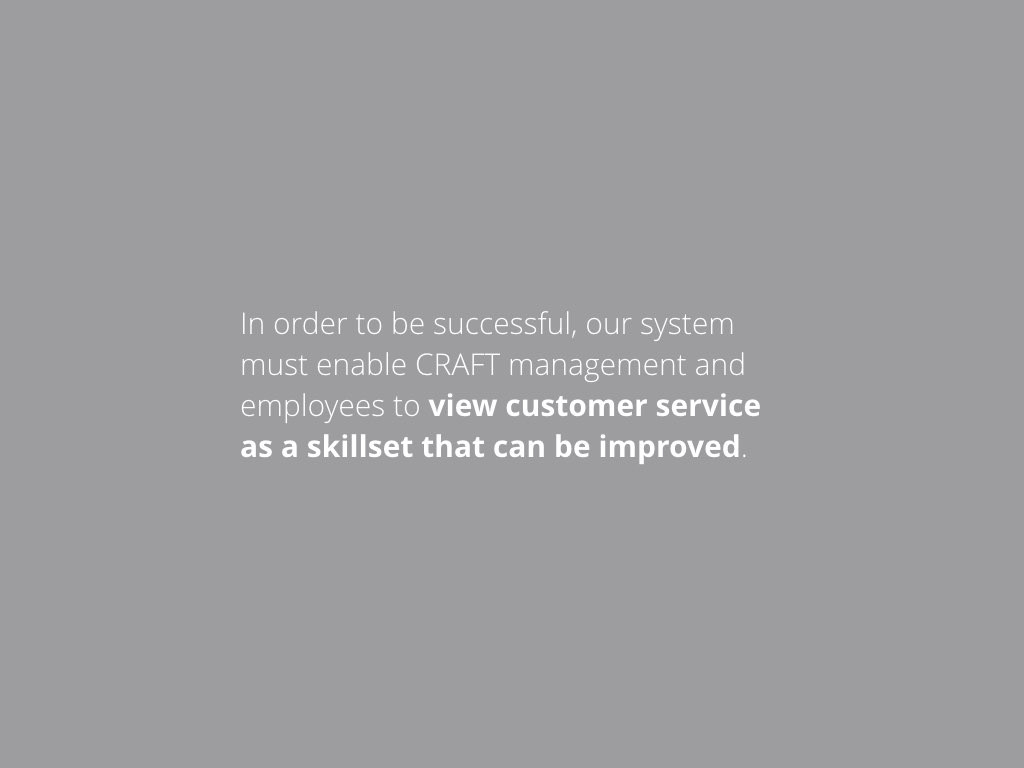
DESIGN IMPLEMENTATION AND TESTING
IN WHICH WE TRY OUT OUR IDEAS
In order to support beginning crafters, we implemented 3 solutions that foster a creative mindset without putting a strain on the limited time employees can spend helping customers.
- Inspiration Gumballs: We placed two gumball machines that contain "thingamajig"s (something you can make) and "theme"s (something you can make the thing in the style of). This provides a wacky, fun way to provoke creative thoughts.
- Wayfinding Mats: We placed yellow mats on the floor to provide clear indicators for commonly used, but hard-to-find, tools.
- Design Thinking Toolkit: We designed a Craft-centered training to build a more innovative, customer-centered workplace.
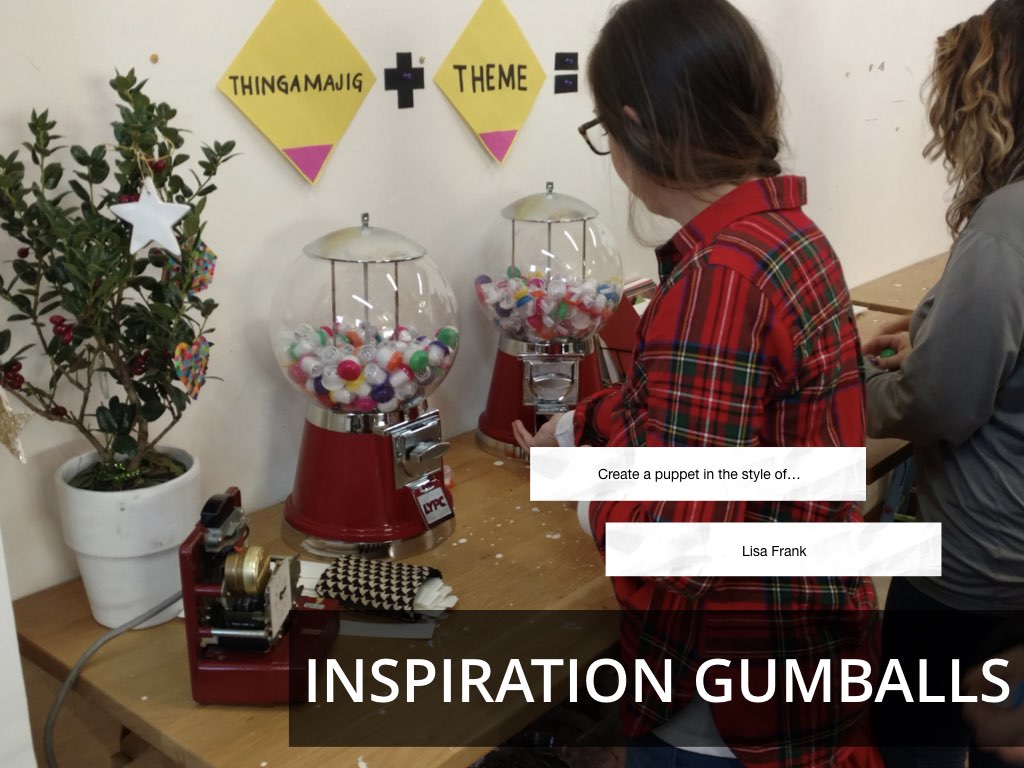
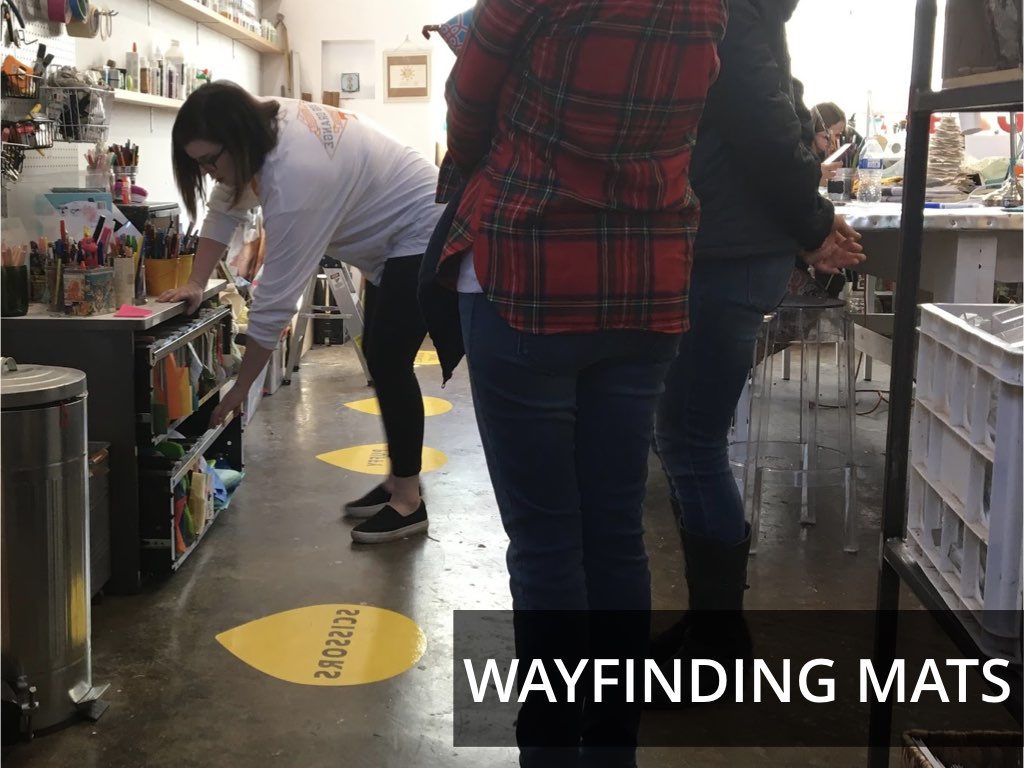

ITERATION
IN WHICH WE TRY AGAIN, BUT BETTER
After implementing our design interventions, we did another round of research using think-aloud protocols and secret shoppers. We learned how our designs could evolve.
- Idea Cards: Though Inspiration Gumballs elicited positive reactions from some customers, two key issues occured. First, customers were not directly inspired by the ideas because the suggestions were too specifici. Second, sometimes the gumballs were an afterthought for the employees who gave the tour. Thus, not all customers learned about it. Therefore, we designed a more direct intervention in the form of a Idea Cards for more specific project suggestions.
- Wayfinding Signs: Our floor signs went unnoticed by guests. Thus, our next iteration would have involved hanging signs.
- Employee Training: After getting feedback on the design thinking toolkit, we held a workshop for the store owner and trained her in the think-aloud protocol with real customers.

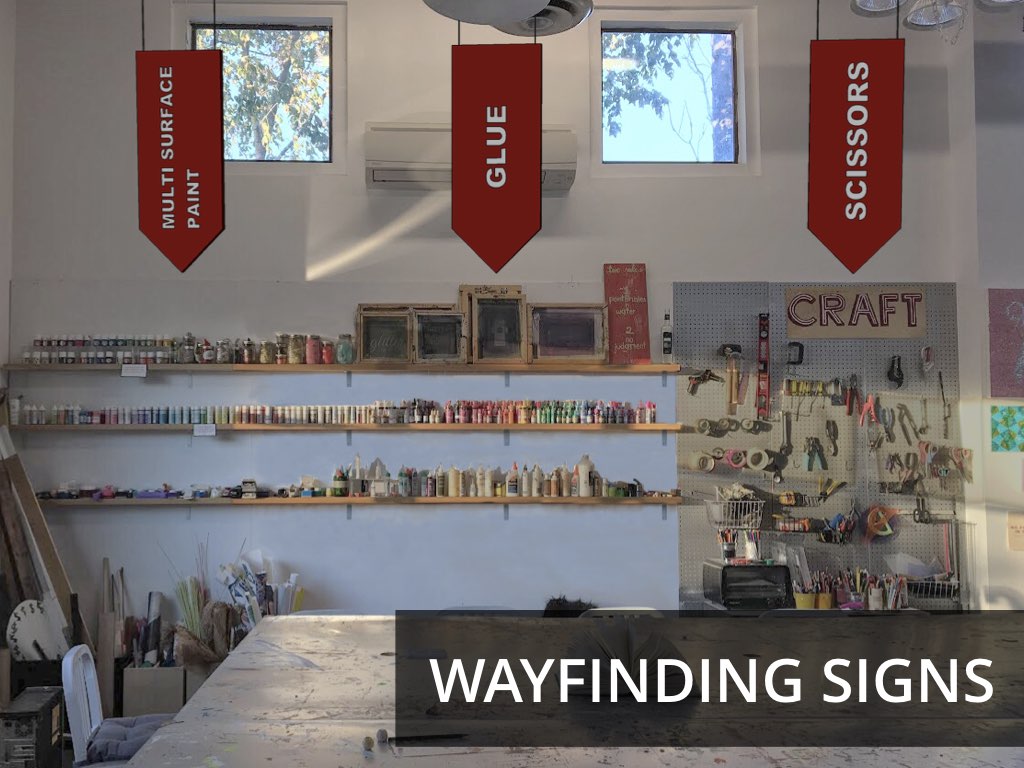

RESULTS
A year after their implementation, the indicators, Inspiration Gumballs, and Menu of how to use the junkyard are still actively used. Seasoned craft customers have pointed out that the staff seems friendlier and more effective at their efforts to support their creative endeavours.
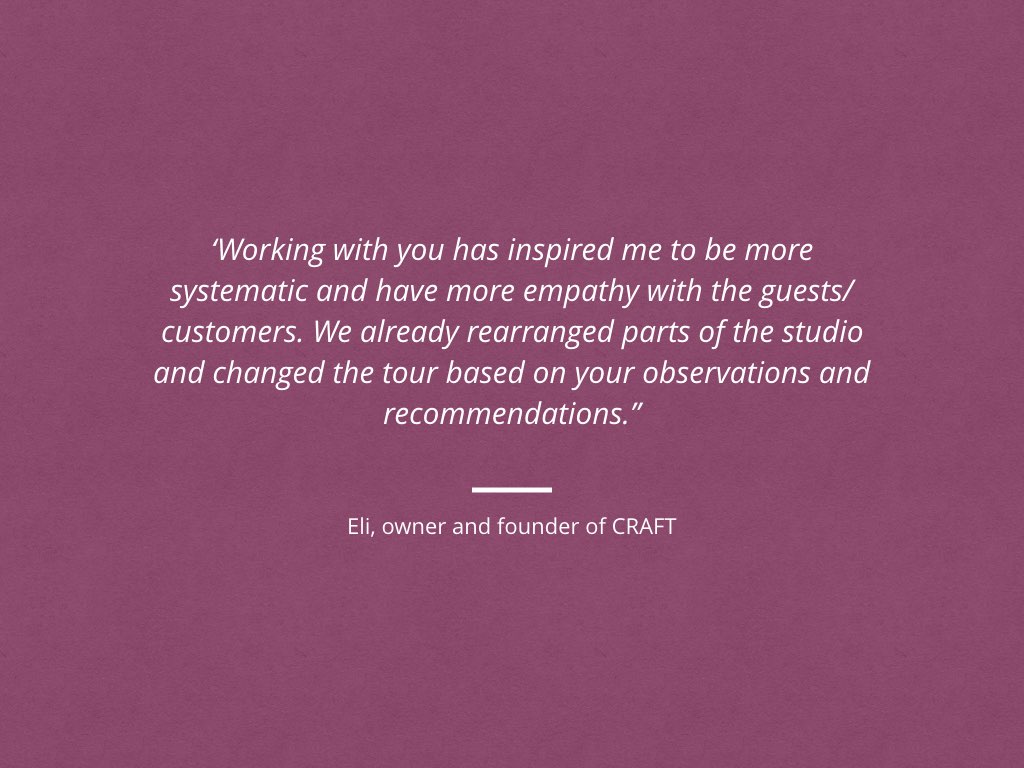
LESSONS LEARNED
Successful service design implementation takes time and commtiment from the business. Therefore, invest time in finding champions to carry on the work.
It's important to find low-fidelity ways to prototype the service design intervention. It's important to involve the employees in this process.
Copyright 2019 Adam Chasen
